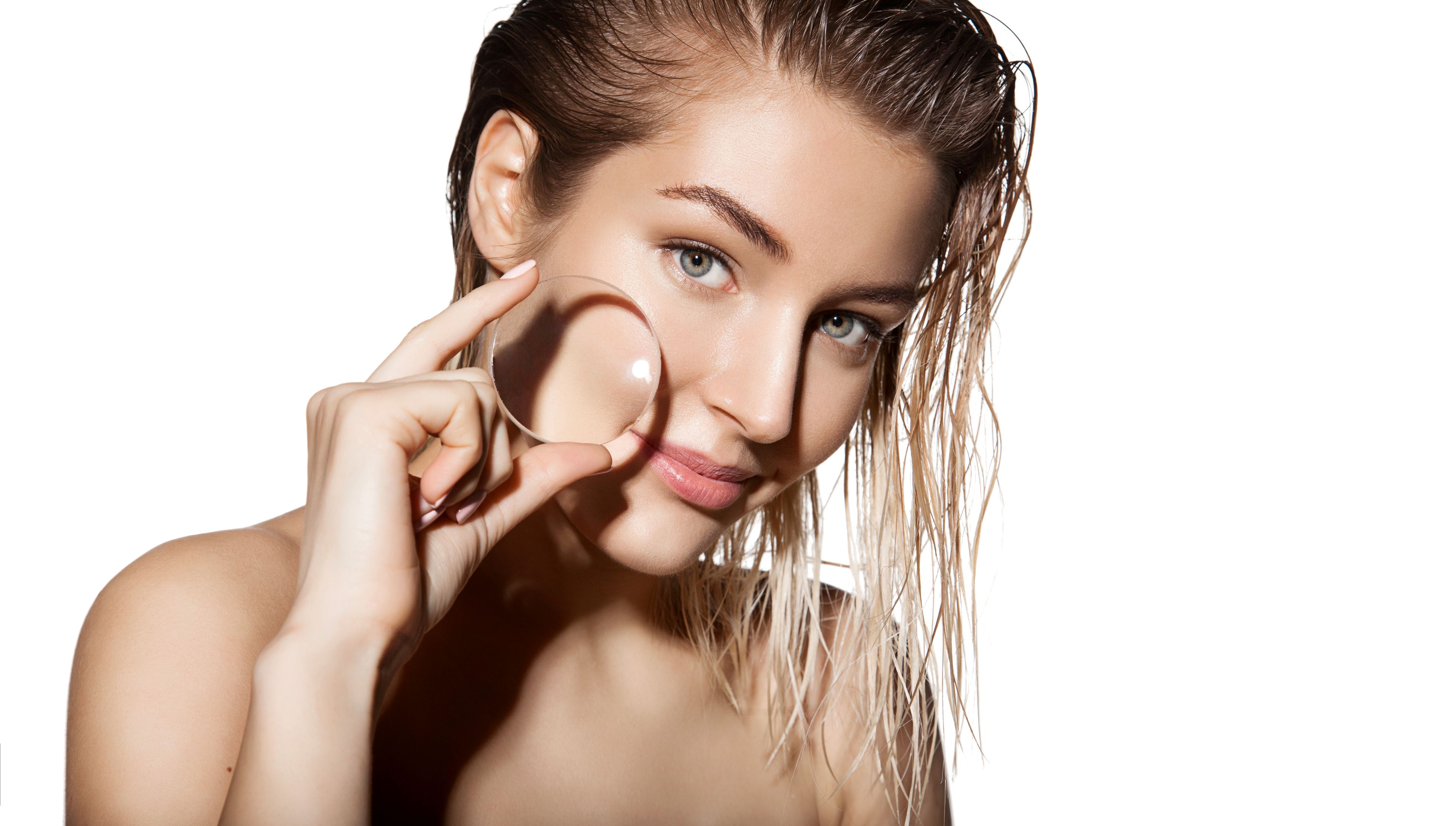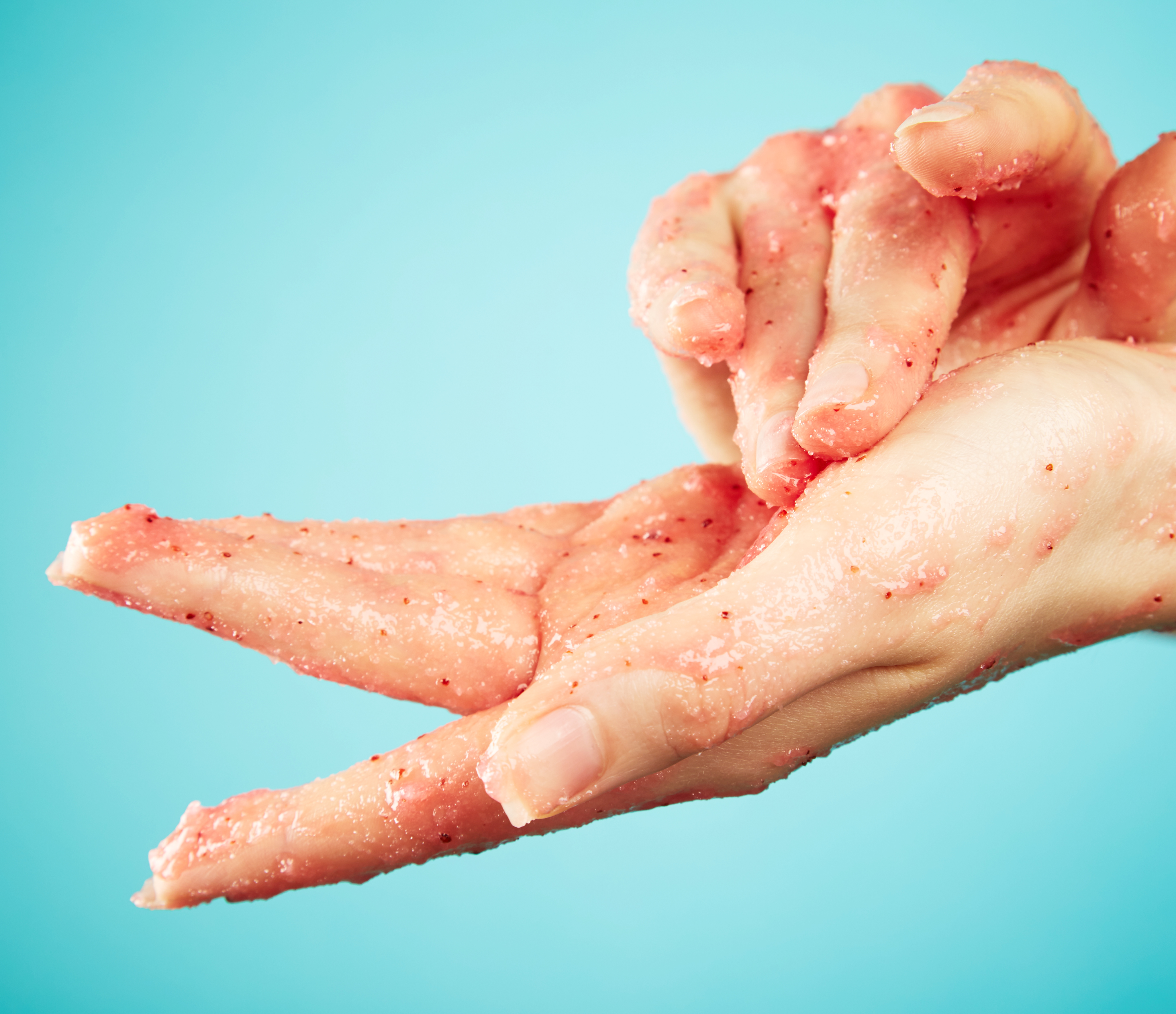Introduction
Consumers expect brands to demonstrate why their products work, rather than relying on the marketing story. According to a 2022 study by Mintel, 51% of skincare users agree that products with proven efficacy are important when shopping for skincare products. As consumers become savvier about what ingredients are designed to do, it is key for formulators to use well-researched ingredients like exfoliants to help establish efficacy claims. With skin concerns like aging, acne, the appearance of large pores and discoloration now top of mind for consumers, brightening and anti-aging product claims present an opportunity for brands to win with exfoliating products by using potent, efficacious active ingredients.
Many people desire a glowing, healthy complexion, and exfoliation is one of the key steps to achieve it. This skincare step involves the removal of excess corneocyte buildup from the skin surface, revealing a fresher, more radiant layer underneath. The primary reason why exfoliation is so important is because it accelerates the cell turnover process. Cell turnover, a biological process where the body naturally sheds dead skin cells to replace them with younger, healthier skin cells, helps alleviate the appearance of texture and tone concerns stemming from acne, dullness, hyperpigmentation, severe dryness (i.e flakes, tightness, etc.), and signs of aging such as fine lines or wrinkles1. On average, cell turnover goes through a 28-day cycle. At a young age e.g. 18 years old, the exfoliation process happens naturally and much more frequently. As we age, the time length of cell turnover increases. Since different types of exfoliation can benefit the skin in slightly different ways, choosing what’s best for an individual depends on skin type and skin concerns.
Chemical Exfoliation
Chemical exfoliants such as AHA and BHA work by breaking down the ‘glue’ which hold skin cells together and loosens the cells to reveal the new skin underneath. This type of exfoliation is best for oily, acne and sun-damaged skin. However, these exfoliants are sometimes associated with irritation1. There are two main types of chemical exfoliants: Alpha Hydroxy Acids (AHAs) and Beta Hydroxy Acids (BHAs). AHAs like glycolic acid and lactic acid are water-soluble and work on the skin's surface. They are effective at improving skin texture, reducing the appearance of fine lines, and brightening the complexion.BHAs, such as salicylic acid, are oil-soluble and can penetrate deep into the pores. They are excellent for addressing acne, blackheads, and other forms of congestion.
Curcylic™ 40 is a keratolytic agent that works by gently and safely exfoliating dead skin cells which speeds up the natural process of skin turnover. When the rate of exfoliation increases, the skin is clearer, smoother, brighter and dead cells are less likely to build up in the follicle to form blackheads and pimples.
Finally, our brand BotanicalsPlus has capitalized on the power of fruits and plants together with the knowledge of the power of AHAs to develop an effective, yet gentle, blend of AHA-rich botanicals called BP–Mlfruit™ Extract. This concentrated blend contains five botanical extracts: bilberry, sugar cane, sugar maple, orange and lemon which are all designed to promote skin radiance.
Physical Exfoliation
Physical exfoliation involves the use of gentle to abrasive materials to physically scrub away dead skin cells. Common physical exfoliants include scrubs with granules that are historically made with synthetic materials such as polyethylene or microcrystalline wax. Nowadays, formulators are moving toward more natural, renewable and biodegradeable alternatives. While this method can leave skin feeling instantly smoother, physical scrubs are often associated with a temporary disruption of the skin barrier, resulting in increased transepidermal water loss (TEWL)1.
We offer several options for gentler exfoliation including our jojoba exfoliants sourced from renewable resources, which provide gentle, yet effective exfoliation benefits. They can help improve a cleanser’s performance when removing dead skin cells and dirt particles and thereby enhance skin’s radiance. They are available in a variety of colors for a pleasing visual effect.
Lipo® Natural Exfoliants are physical scrubbing particles derived from natural, eco-friendly materials such as ground seeds, nut shells, and fruits. They act as a great alternative to chemical exfoliants for consumers that report adverse reaction to acid and enzymatic treatments. They are also renewable and sustainable, offering a variety of options for your exfoliating scrub formulations.
Conclusion
Exfoliation is a crucial step in any skincare routine, but choosing the right forms for an individual’s skin types and concerns is essential. Whether you opt for physical, chemical, enzymatic, or a combination of exfoliation types, Vantage can support your formulation with a wide range of exfoliants to unveil brighter, smoother and healthier complexions for your customers.
References:
[1] Rodan K, Fields K, Majewski G, Falla T. Skincare Bootcamp: The Evolving Role of Skincare. Plast Reconstr Surg Glob Open. 2016;4(12 Suppl Anatomy and Safety in Cosmetic Medicine: Cosmetic Bootcamp):e1152. Published 2016 Dec 14. doi:10.1097/GOX.0000000000001152


